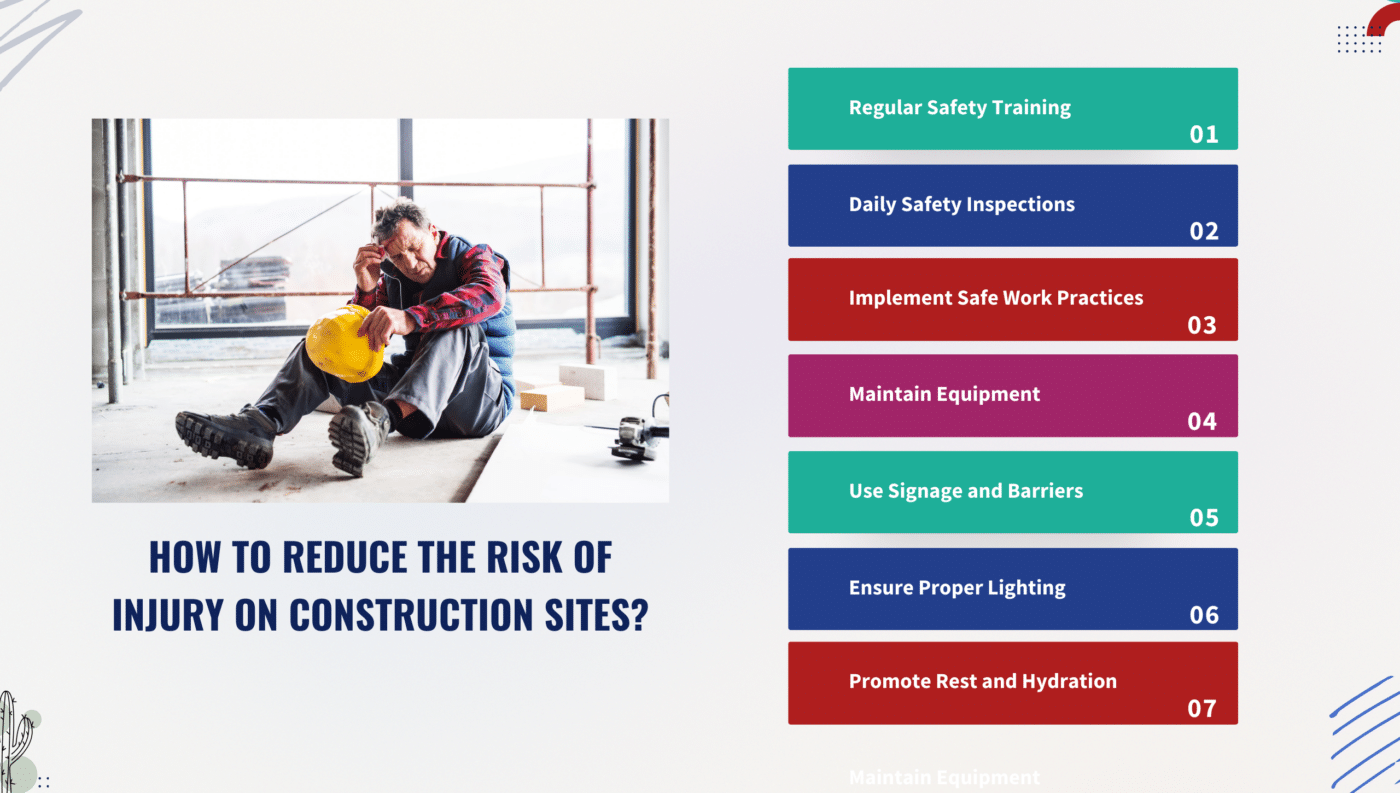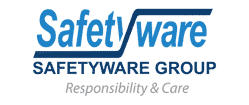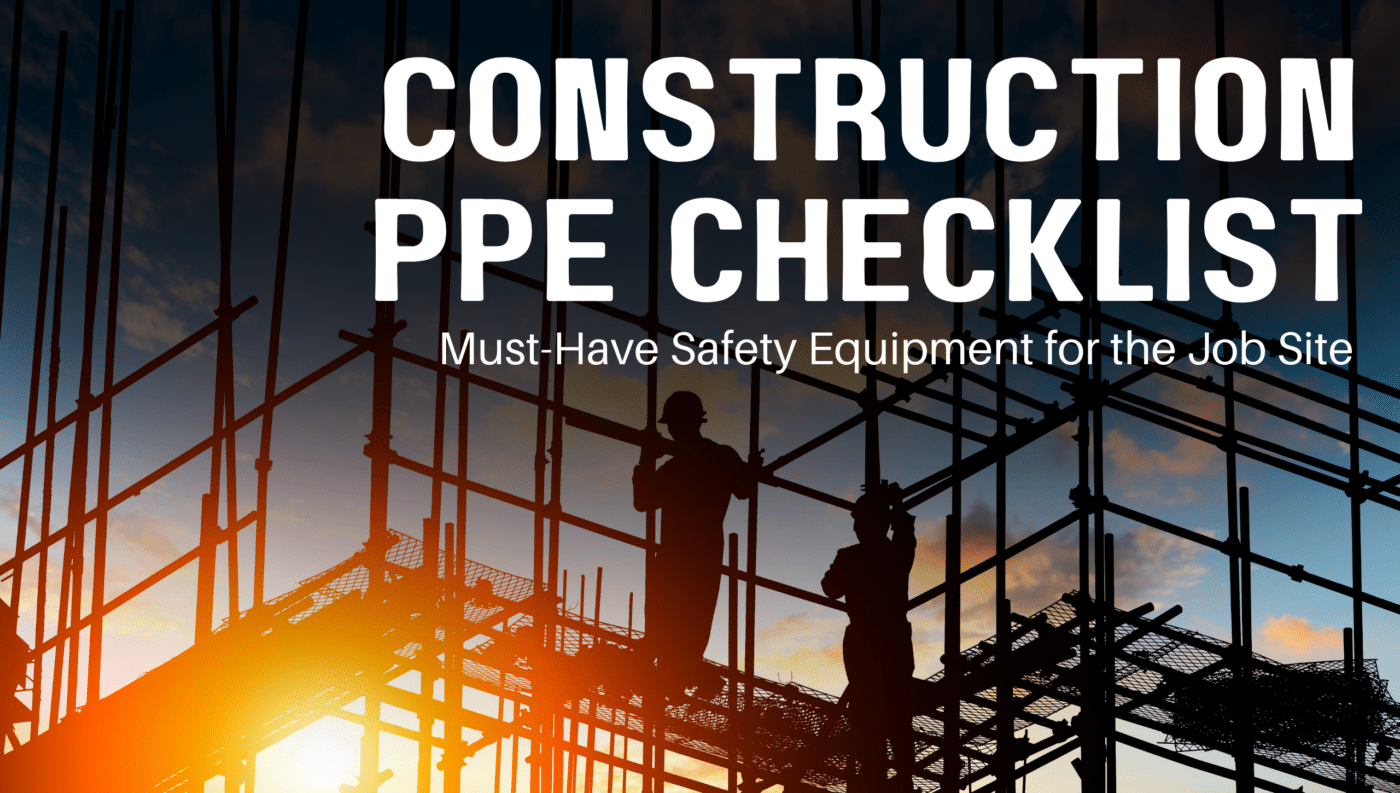1. Safety Helmet
A safety helmet is one of the most basic and essential pieces of PPE on any construction site. It protects the head from falling debris, tools, or other potential hazards. Hard hats should meet the necessary safety standards and be worn at all times in areas where there is a risk of head injury.
- When to Use: Always, especially when working in areas with overhead hazards.
- Key Features: Durable material, adjustable straps, and ventilation.
More information about SAFETY HELMET
2. High-Visibility Clothing
Construction workers must be visible to prevent accidents, especially in low-light or high-traffic areas. High-visibility clothing, including vests, jackets, and shirts, ensures that workers are seen by equipment operators, other workers, and drivers.
- When to Use: Any time workers are on-site, especially when operating near machinery or vehicles.
- Key Features: Bright colors (neon yellow, orange), reflective strips, and proper sizing for comfort.
More information about HIGH-VISIBILITY CLOTHING
3. Safety Glasses or Goggles
Eyes are one of the most vulnerable parts of the body when it comes to construction work. Workers are exposed to flying particles, dust, chemicals, and hazardous materials. Safety glasses or goggles protect the eyes from these dangers.
- When to Use: During any task where there is a risk of debris, dust, or exposure to chemicals.
- Key Features: Impact resistance, anti-fog coating, and adjustable straps for a secure fit.
More information about SAFETY GLASSES & GOGGLES
4. Hearing Protection
Construction sites are noisy environments, with the constant operation of heavy machinery, tools, and equipment. Prolonged exposure to high noise levels can cause permanent hearing damage. Hearing protection, such as earplugs or earmuffs, is vital to prevent hearing loss.
- When to Use: In areas with high noise levels, like near power tools or machinery.
- Key Features: Noise reduction rating (NRR) suitable for the work environment, comfortable fit, and adjustable bands.
More information about EAR PLUG & EAR MUFF
5. Gloves
Protective gloves are essential for preventing hand injuries, which are common on construction sites. Whether workers are handling sharp objects, chemicals, or machinery, gloves provide protection against cuts, burns, and abrasions.
- When to Use: When handling tools, materials, or any potentially hazardous substances.
- Key Features: Material-specific gloves for different tasks (e.g., leather for handling rough materials, rubber-coated for chemical handling).
More information about SAFETY GLOVES
6. Safety Shoes
Safety Shoes are critical for protecting the feet and toes from heavy objects, sharp debris, or equipment. These shoes are designed to withstand impacts and compressive forces that could otherwise cause serious injury.
- When to Use: On all construction sites where heavy materials or equipment are present.
- Key Features: Steel or composite toe protection, slip-resistant soles, ankle support, and waterproof material.
More information about SAFETY SHOE
7. Fall Protection Equipment
Falls are a leading cause of injuries on construction sites. Harnesses, lanyards, and fall arrest systems are necessary for workers who are working at heights, such as on scaffolds or rooftops.
- When to Use: For tasks involving heights or elevated work areas.
- Key Features: Adjustable straps, secure attachment points, and compliance with fall protection standards.
More information about FALL PROTECTION PRODUCT
8. Respiratory Protection
Construction workers may encounter hazardous airborne particles such as dust, fumes, or vapors, particularly when working in confined spaces or with certain materials. Respirators, dust masks, or full-face masks protect workers from inhaling harmful substances.
- When to Use: In areas with airborne hazards like dust, fumes, or chemicals.
- Key Features: Proper fit to avoid leaks, sufficient filtration for specific hazards, and comfort for prolonged wear.
More information about RESPIRATORY PRODUCT
9. Knee Pads
Knee pads provide vital protection for workers who spend extended periods kneeling on hard or rough surfaces. They protect the knees from bruises, cuts, and strains.
- When to Use: When kneeling for tasks like tiling, flooring installation, or electrical work.
- Key Features: Comfortable padding, adjustable straps, and durable materials.
More information about Knee Pads
How to Reduce the Risk of Injury on Construction Sites?
Reducing the risk of injury on construction sites involves a combination of proper PPE, safety training, and site management practices. Here are some strategies to minimize risks:
- Regular Safety Training: Ensure that all workers are trained in safety protocols, the correct use of PPE, and emergency procedures. Regular refresher courses can keep everyone alert and prepared.
- Daily Safety Inspections: Conduct routine checks to identify hazards such as exposed wiring, loose scaffolding, or poorly stored materials. Addressing these issues early can prevent accidents.
- Implement Safe Work Practices: Encourage workers to follow best practices, like proper lifting techniques and keeping tools and materials organized. Clear communication and teamwork also play an essential role in accident prevention.
- Maintain Equipment: Properly maintain tools and machinery to prevent malfunctions that could result in accidents. Ensure all equipment is in good working order and that safety features are functioning correctly.
- Use Signage and Barriers: Install warning signs and barriers to alert workers to hazards like high-voltage areas, unstable ground, or areas with fall risks. Proper signage ensures everyone is aware of potential dangers.
- Ensure Proper Lighting: Poor visibility is a common cause of accidents. Ensure the site is adequately lit, especially in areas where workers are operating machinery or working at night.
- Promote Rest and Hydration: Fatigue and dehydration can impair a worker’s ability to respond to hazards quickly. Encourage regular breaks and ensure water stations are readily available.

By combining proper PPE with these proactive safety measures, you can create a safer work environment that reduces the risk of injuries on construction sites.
Ensuring that your team is equipped with the right PPE is essential for maintaining safety and preventing accidents on construction sites. Regular training on proper use and maintenance of PPE is also crucial to maximize effectiveness. By adhering to a comprehensive PPE checklist and implementing risk-reduction strategies, you can reduce hazards, protect your workers, and keep your construction site operating safely and efficiently.
Stay safe and make PPE a priority on every job site!
📞 Contact Us Now!
💻 Visit: www.safetyware.com
📧 Email: [email protected]
Stay Safe. Stay Compliant. Choose Safetyware!

